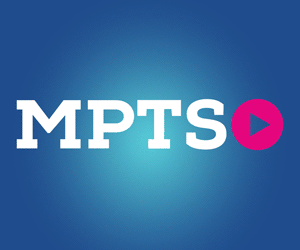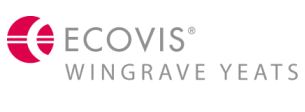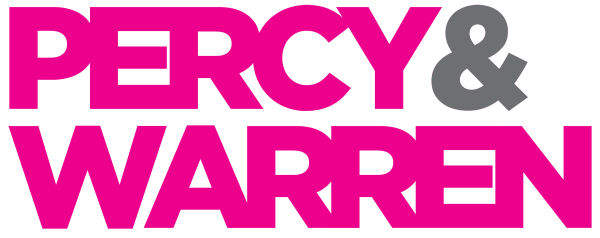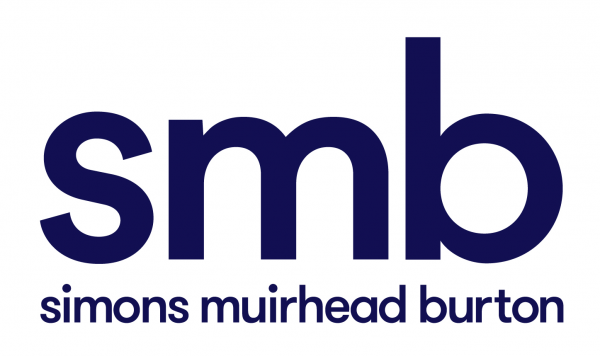Animation UK and the importance of serving young audiences.
25% of the audience and 100% of the future.
The last decade has witnessed a dramatic transformation in the viewing habits of children. Alongside the 80% decrease in content investment for this demographic, evidence suggests a clear market shortcomings for UK originated PSB content. Simultaneously, various studies underline the significance of such high-quality content that not only entertains but also reflects societal values, resonates with UK children, and crucially, bolsters educational outcomes.
The call for immediate interventions is unanimous. There’s a shared belief in the need to guarantee children’s access to premium content. While other proposals highlight the essential role of Public Service Broadcasting (PSB) and its educational importance, Animation UK’s approach is s centred on financial support. The industry doesn’t seek charity or hand-outs. Equipped with talent, innovation, and the ability to draw business, what it critically lacks is domestic content investment. This decline in PSBs’ commitment to children’s content is a manifestation of the market’s inadequacy.
However, the prestige of UK Kids Content, encompassing both animation and live-action, remains high. Its history is one of consistent creative successes with huge potential for export. By strategically channelling funds and maintaining Intellectual Property (IP) rights within the UK, we can cater to our audience and simultaneously reclaim our position as global frontrunners. By investing and preserving UK IP, the ripple effect will extend beyond sectoral growth; it will rejuvenate production companies across the UK spur job creation nationwide, and bolster the broader film and TV sectors.
Animation UK had signalled the importance of the Contestable Model and the success of the pilot Young Audience Content Fund in this context, joined the growing group of organisations to expressed disappointment and concern about the premature decision to stop the YACF funding which had been responsive and inclusive; the nature & range of content also meets regional, and diversity criteria, intrinsic to PSB remits. However this approach could be changed and built upon.
Our proposal outlines the foundations for a hybrid financial model, inspired by successful international templates. Designed to synergise public and private entities and partnerships, its aim is to foster an ecosystem conducive to a long term strategy for children’s content in the UK. Headline criteria are proposed below, to be elaborated through an Industry driven plan:
- Importance of the issue: Children make up 25% of the audience today but are 100% of the future. Their viewing habits indicate an indifference to platforms, necessitating a rethink that puts the availability of content not the platform as the focus.
- Sectoral Implications: The UK’s film and TV industry is celebrated as a commercial success story. The Children’s content sector is a vital part of the overall film and TV sector, known for its storytelling and innovation.
- Investment and Support: The focus should be on content creation, sustained growth, and a private-public partnership with a long-term vision.
- Funding Model: Drawing inspiration from international models, funding should be obtained through a mix quotas, levies, and public financing. A strategic Children’s Funding model should be scalable, sustainable, accountable, and recuperable.
- Inclusive Funding System: A funding system, resembling the French CNC model, should be established for the Kids Content Fund. Multiple models like CNC, CMC in Canada, Australian Children’s Television Foundation (ACTF), etc., can be considered. Contributions would be made by PSBs and commercial broadcasters.
- Monitoring: OFCOM should oversee quotas for each PSB based on their turnover. These quotas should define both investment and broadcast hours for UK-originated content.
- Building the Children’s Content Investment Fund: In addition to contributions from broadcasters (PSB and commercial) and streamers, the fund will receive direct contributions from multiple governmental departments including the DFE and Nations.
- Additional Financial Support: The fund should be bolstered by increased tax relief for kids’ content as well as direct government contributions. A proposed tax relief of 37% for all accessing the fund to develop UK culturally relevant content, linked to UK IP development and/or are produced in the regions & Nations of the UK.
- Access to the fund: UK Independent producers addition to Broadcasters should be able to access the fund, but the latter should invest additional funds into production as part of quota obligations and by commercial broadcasters only if they contribute to the fund
- Fund Usage: The fund should predominantly be utilised for content production but also development. Content can be immersive, interactive, linear, across genres and forms, live action and animation.
- Commercial Emphasis: The fund should incorporate and reward commercial viability, and recuperable proportionate to profit
- Content Identification: Content financed by the UK Kids Content Fund should be available on any free to access platform.









